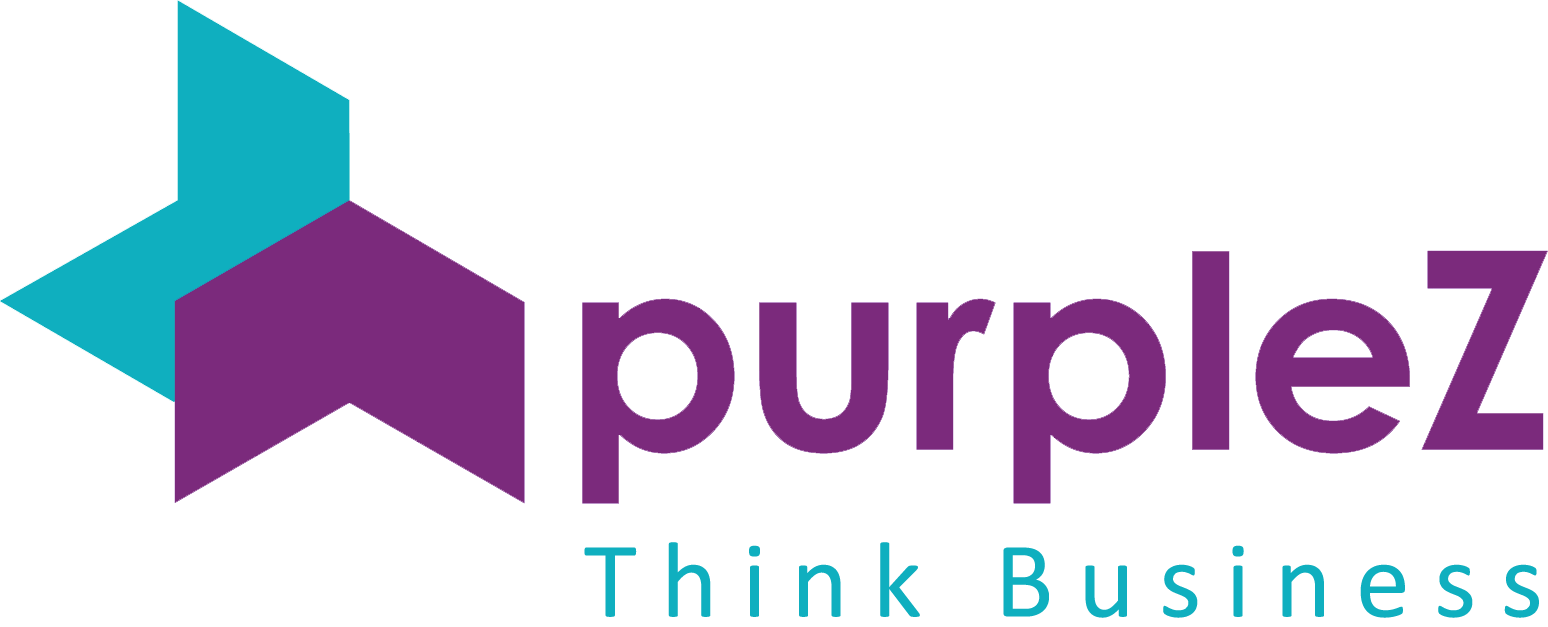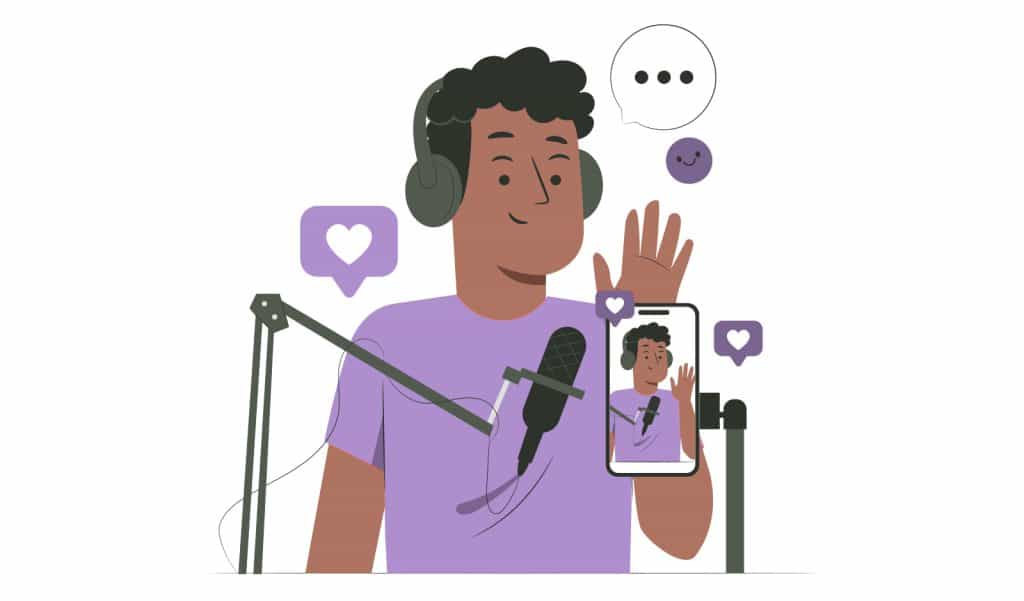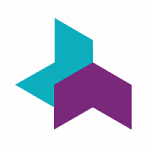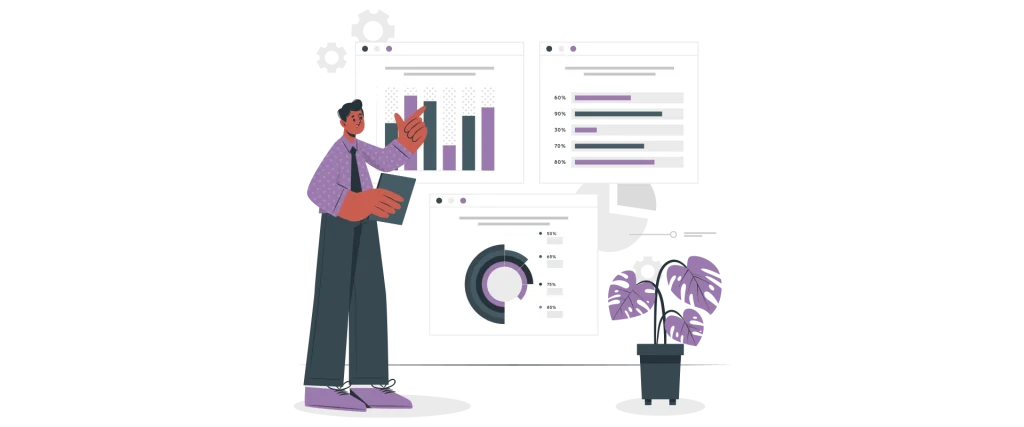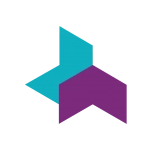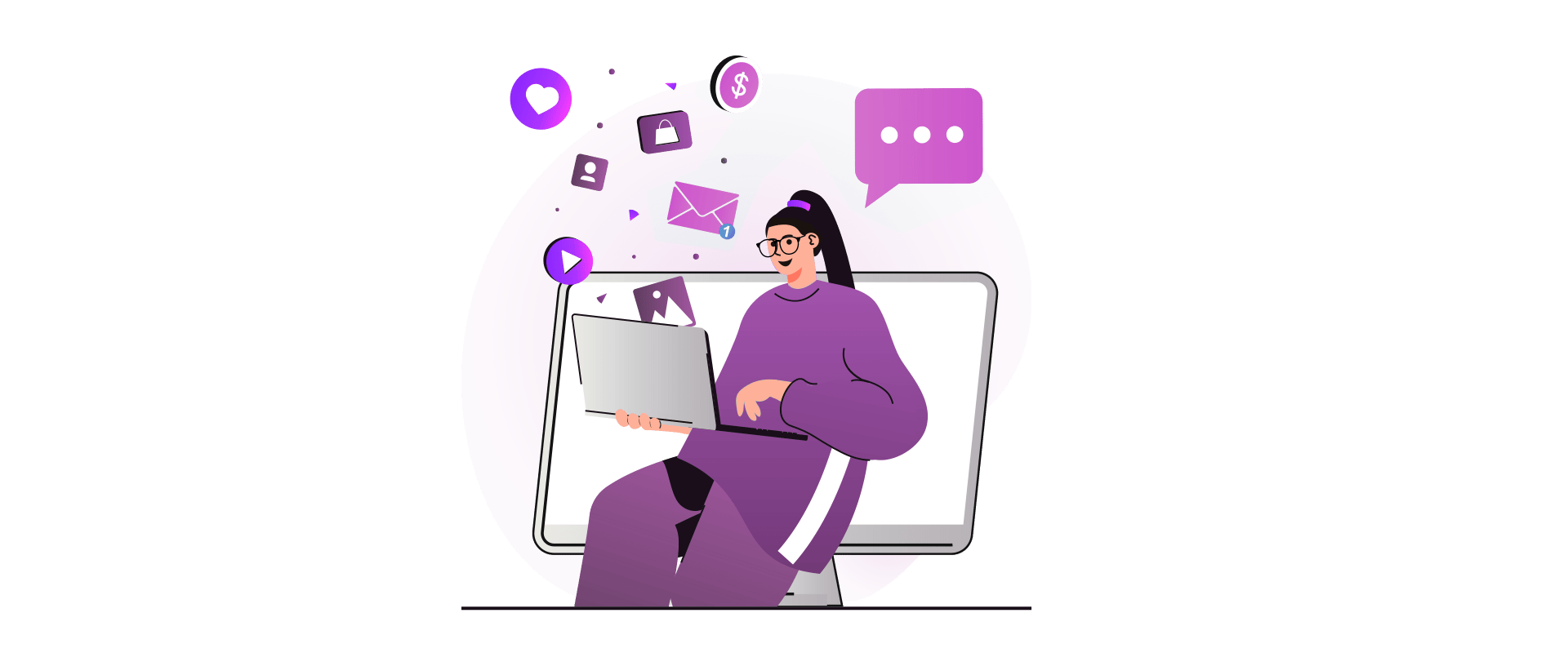
Digital Marketing | Definition & Features
“Digital marketing” refers to a variety of internet marketing strategies. It includes social media, paid advertising, search engine optimization (SEO), and other strategies to support online business growth. A good digital marketing strategy can help small businesses stand out and thrive in the digital age.
Social Media Marketing
Social networking is a fantastic tool for connecting with clients, but it can also be an effective marketing tool. When used properly, social media can enhance website traffic and business sales. Social media should always be used with other marketing strategies like SEO (Search Engine Optimization) or PPC (Pay-Per-Click).
Search Engine Optimization (SEO)
Your website can be optimized for search engine optimization (SEO) to appear higher in search results. It’s an important part of digital marketing and essential for small business success, but most people need to learn how it works or why they should care about it.
If you need more traffic from search engines, your site is getting enough exposure to potential customers interested in your offer. Your competitors are probably beating you out because they’ve invested more time into optimizing their sites than you have–and those extra dollars spent will pay off in increased sales and leads over time!
Content Marketing
With relevant, practical, and valuable content, businesses can draw in and engage with customers. You can build trust and authority with them by creating compelling content that helps your audience solve problems or meet their needs.
Content marketing also allows you to indirectly promote your products or services by providing information relevant to the reader’s interests (e.g., “10 Tips for Running Your Own Small Business“).
Paid Advertising Campaigns
Paid advertising is one of the most effective ways to reach your target audience and drive sales. Through paid ads, you can promote your products or services directly to consumers by showing them relevant ads based on their search history, location, and other factors.
Paid advertising campaigns can be broken down into two main categories:
- Display Ads – These are static images that appear on web pages in the form of banners or skyscraper ads. They include standard display units (such as banner ads) and rich media units (such as video). You can also use retargeting to show people who had already visited your site an ad for whatever product they were looking at when they left it.
- Search Engine Marketing (SEM) refers to paid ads that appear alongside search engine results pages (SERPs). SEM includes organic listings (which appear organically) and sponsored listings (displayed at the top of SERPs).
Landing Page Creation & Conversion Optimization
A landing page is a web page that’s created to drive traffic to your website. It’s also an important part of digital marketing because it lets you track how well your ads perform and what types of people respond to them.
A good landing page will help convert visitors into customers by providing them with valuable information about your product or service and a way for them to contact you if they want more details or want to schedule an appointment.
Landing pages can be used for any number of reasons: promoting an upcoming event, gathering email addresses for future communication, selling products directly from the page itself (eBay does this!), etc., but one thing remains true no matter what type of business you’re in creating great landing pages will increase conversions and sales!
Conversion rate optimization is about increasing the percentage of people who take action when visiting your site–whether that action is filling out a form or buying something immediately.
The key here is knowing exactly what type of person visits each page on our site so we know where they go next based on their interests/needs rather than guessing which content might interest everyone equally.”
A good digital marketing strategy can help small businesses stand out and thrive in the digital age.
With so many companies competing for customers, getting noticed online is more important than ever.
By leveraging digital marketing techniques like search engine optimization (SEO), social media marketing, and content creation to bring visitors to your website or blog from other websites like Google and Facebook, you can reach new audiences.
This guide will explain how small businesses can benefit from these three types of online marketing: SEO, social media, content creation.
Conclusion
Having a solid digital marketing strategy is crucial to compete in the digital world of today.
We’ve outlined some of the most popular strategies below so that you can see how they work together and determine which would best suit your needs.
We’re a team of creatives who are excited about unique ideas and help digital and fin-tech companies to create amazing identity by crafting top-notch UI/UX.
